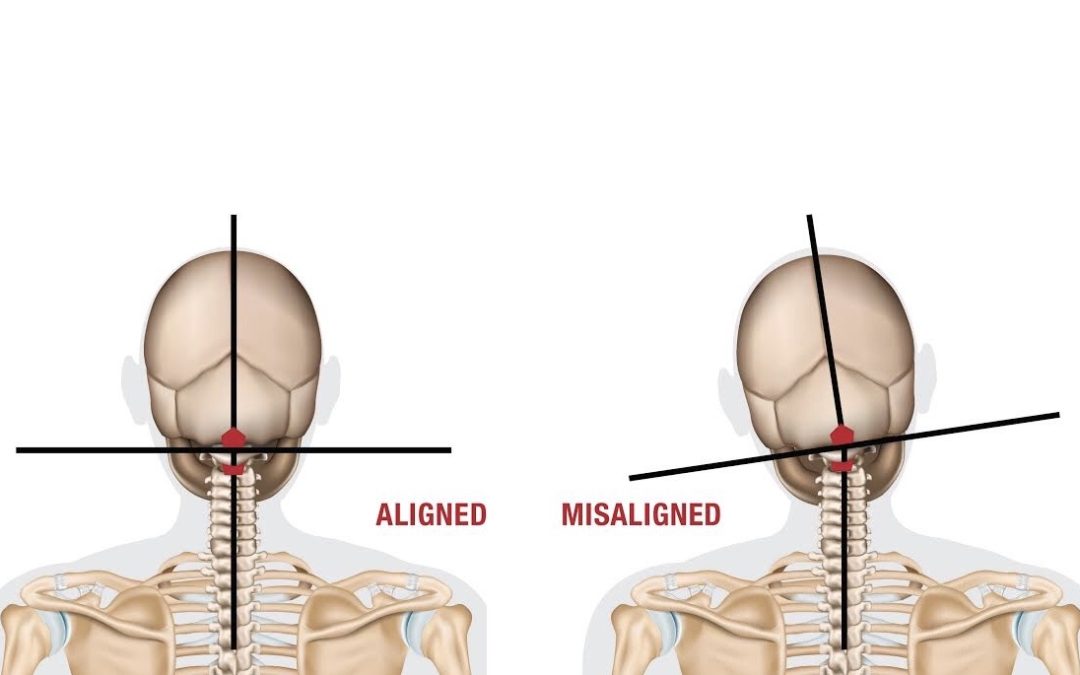#96 How Does A NUCCA Adjustment Work?
#96 HOW DOES A NUCCA ADJUSTMENT WORK?

After the first NUCCA adjustment, most patients wonder how such a light pressure behind the ear could do anything to help the low back or the TMJ or the headaches. Many patients remark that they hardly feel anything during the adjustment. So how could such a tiny force unlock the entire spine? This article presents an explanation to help you understand how the NUCCA adjustment works.
Since the 1900’s, western medicine has held a very mechanical approach to the human body. According to traditional thinking, we are bones, stacked one upon the other, with skin and muscles draped over them, suspended in air. To move, one muscle contracts and pulls a bone forward or backward like a simple pulley system. This model of the body fails to explain many simple observations such as postural distortion while standing, impact absorption when landing on the feet and simple movement patterns in the pelvis while walking and running.
A better model of the body is a system of struts and cables held in tension, where the bones are the struts and the cables are the muscles and the fascia. Outside force is absorbed and transmitted to the entire system via lines of tension. The tension in this model is tightly regulated by the cerebellum and brainstem. In reality, even when you sleep, the body holds a stable tension, so the bones stay in their correct place. This is why you don’t wake up with bones rearranged after tossing in the night.
Receptors in the skin, fascia and muscles are constantly measuring tension and other sensory input from the outside world. It doesn’t take much to trigger these sensory receptors to send a signal to the brainstem. When the signal is received at the brainstem, a return signal will be sent back to the musculature to either tighten or relax. In this way, a light pressure or contracture from the NUCCA doctor’s hand can send a signal to the brainstem to unlock tension in the area. The result is a release of the bones of the spine held in tension.
To be clear, we cannot press a bone in the spine back into place because the tension holding the bone out of place is still there. The tension around the bone must be reset. Then the bone will naturally sit in its proper place without forcing it.
The precision of NUCCA allows us to use a specific angle to clear tension down a specific pathway. Each patient has a specific angle that we determine through biomechanical analysis of two very important x-rays. We use these x-rays to determine where there is asymmetrical tension between the head and the neck. We take a post x-ray after the adjustment to verify that tension at that level has been cleared.
Once tension is cleared in the area of the head and the neck, there is no longer tension on the brainstem. The result is improved brainstem performance which means better posture, better breathing, better movement causing less pain in the spine and joints from the feet to the skull.

